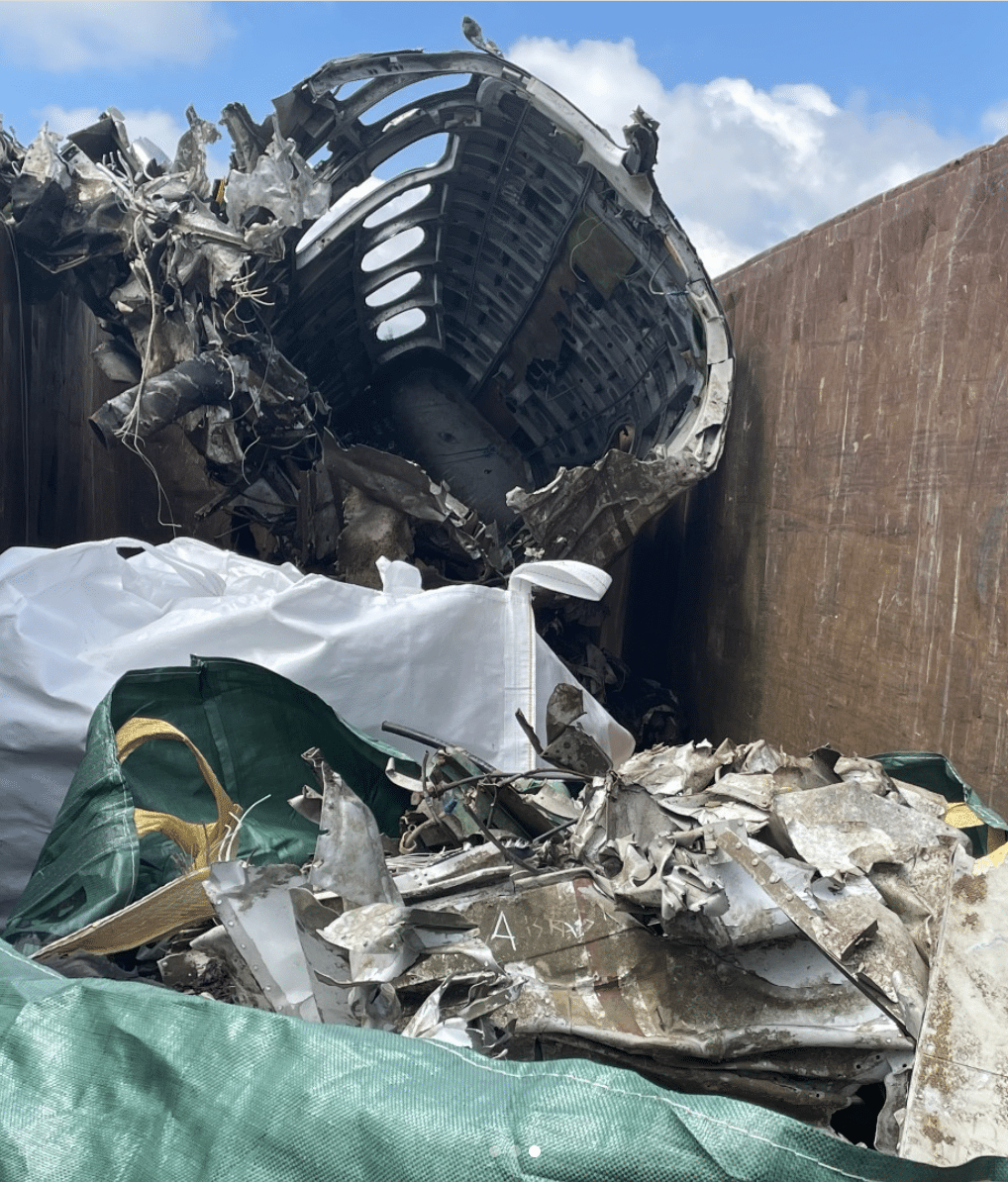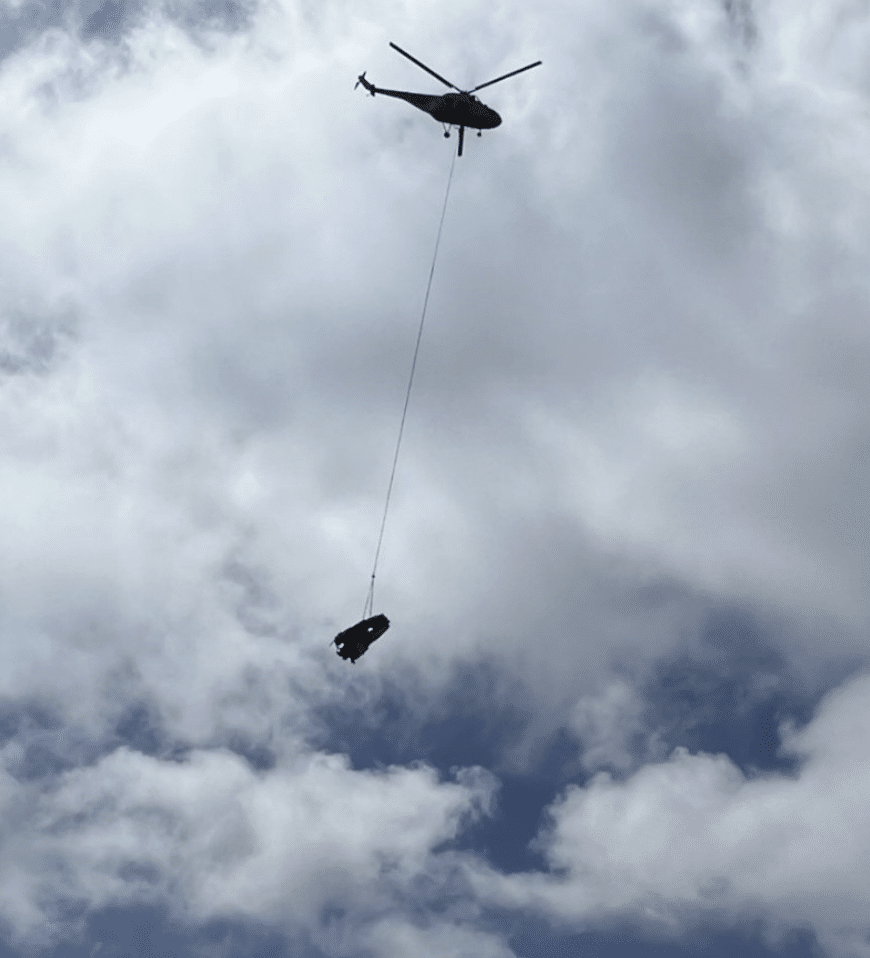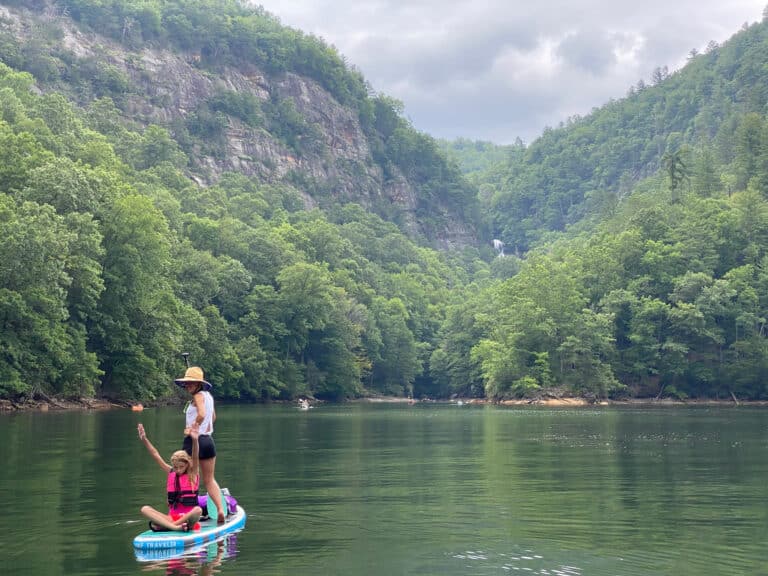Last month, the National Park Service (NPS) removed the remaining wreckage of a Cessna 414A plane that crashed near North Carolina’s Waterrock Knob in November of 1983. In the years since, visitors have traveled outside designated hiking areas to see the crash site, harming environmentally sensitive areas, and recently the site has gained exposure on social media, which has only increased foot traffic.
“While we understand the interest associated with this site, the resource damage and visitor safety issues presented too great a threat to take no action,” said Blue Ridge Parkway Superintendent Tracy Swartout in a statement. “Caring for these special places requires everyone’s cooperation, and we ask that everyone play a role in the protection of this place and not cause any further damage or injury to the resources or themselves by going off trail to find this site.”

According to the NPS, the crash site fell on land that was donated to the Blue Ridge Parkway in 2016 and holds cultural significance to the Eastern Band of Cherokee Indians. In addition, the Waterrock Knob area is one of four high elevation sites within the park that homes a concentration of rare and sensitive species like the Pinkshell azalea. The importance of this area has initiated large-scale land conservation efforts with the support of multiple partners including the Blue Ridge Parkway Foundation, which helped fund the plane’s removal.
“Given the level of resource damage in recent years at this site and our interest in supporting the National Park Service mission to protect these places in perpetuity, we are glad to help ensure protection of this habitat while also considering the safety of park visitors,” said Carolyn Ward, chief executive officer of the Blue Ridge Parkway Foundation.

The 1983 plane crash killed both passengers aboard, and shortly after officials had only salvaged the engines from the site, leaving the wings, body, and other debris on site. Due to the remote location of the area, the recent removal of the remaining debris required use of a helicopter airlift.
Cover photo: Graffiti-covered fuselage airlifted away from remote site into the staging area, NPS Image.








